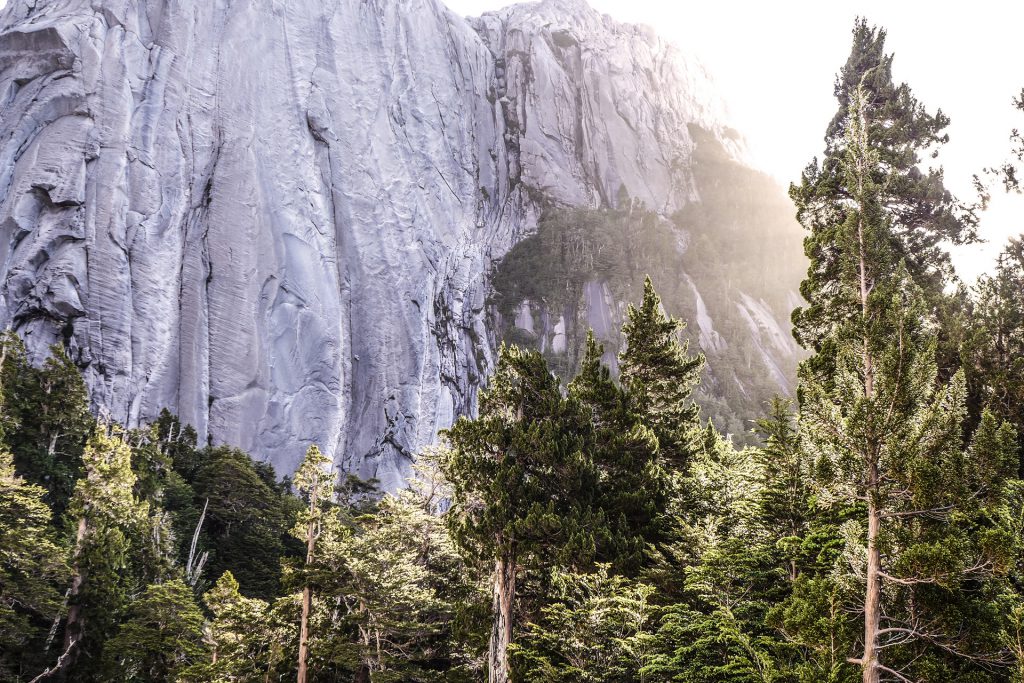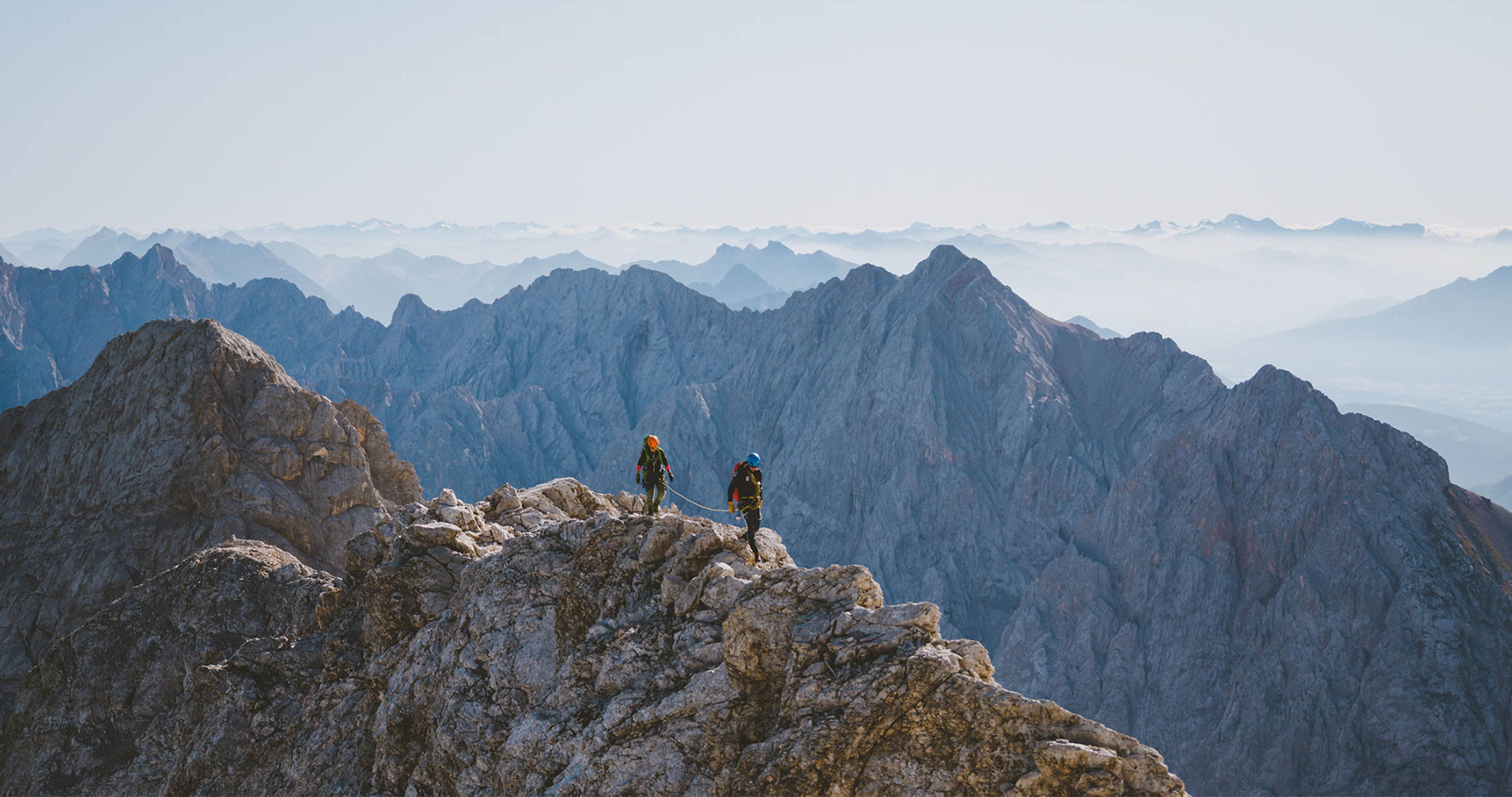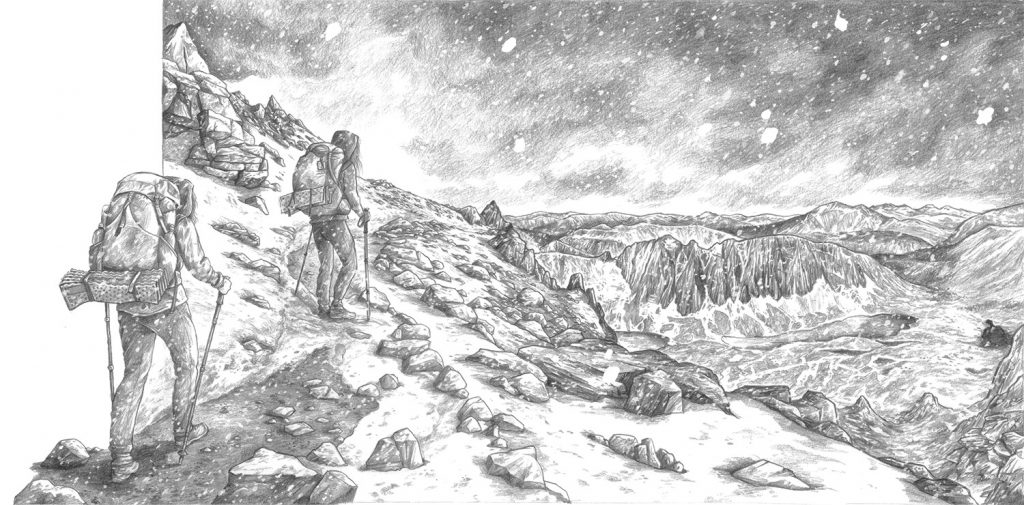Updated on
It’s an administrative centre and the weather is grey, the buildings are grey too, but it’s still beautiful.
After two days in cramped airplanes and buses we arrive in Puerto Montt, a port town at the gateway to southern Chile. We take the next bus for another three hours to the village of Cochamó.
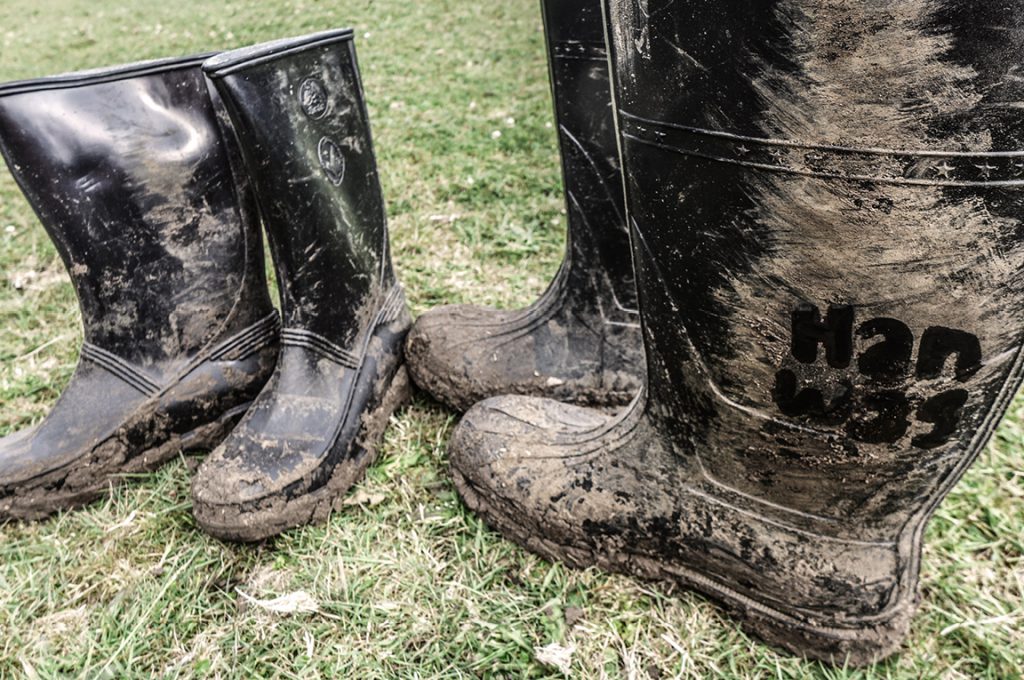
From there, it’s 13 more muddy kilometres to “base camp” and the “La Junta” campsite, by means of wellington boots for us and mules for our haul bags. It’s a place where trekkers on their way to Argentina, party people from Puerto Montt, wandering Chileans and a few climbers cross paths.
It’s still quiet at the moment. Just a few birds hopping about and concords circling high up above our heads. We unpack, reorganise and repack. The rock is calling to us. We’re looking forward to having pumped arms again. But first up, it’s our legs that have to take the strain again. The approaches here aren’t just an hour or so, like they are in the Dolomites, so we pull on some practical footwear.
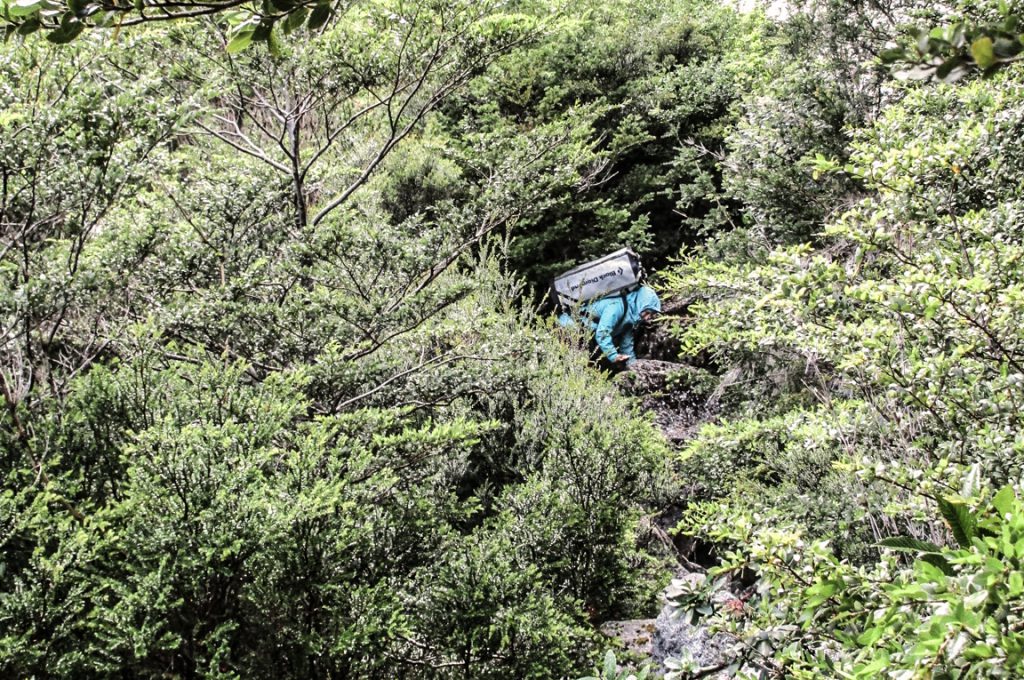
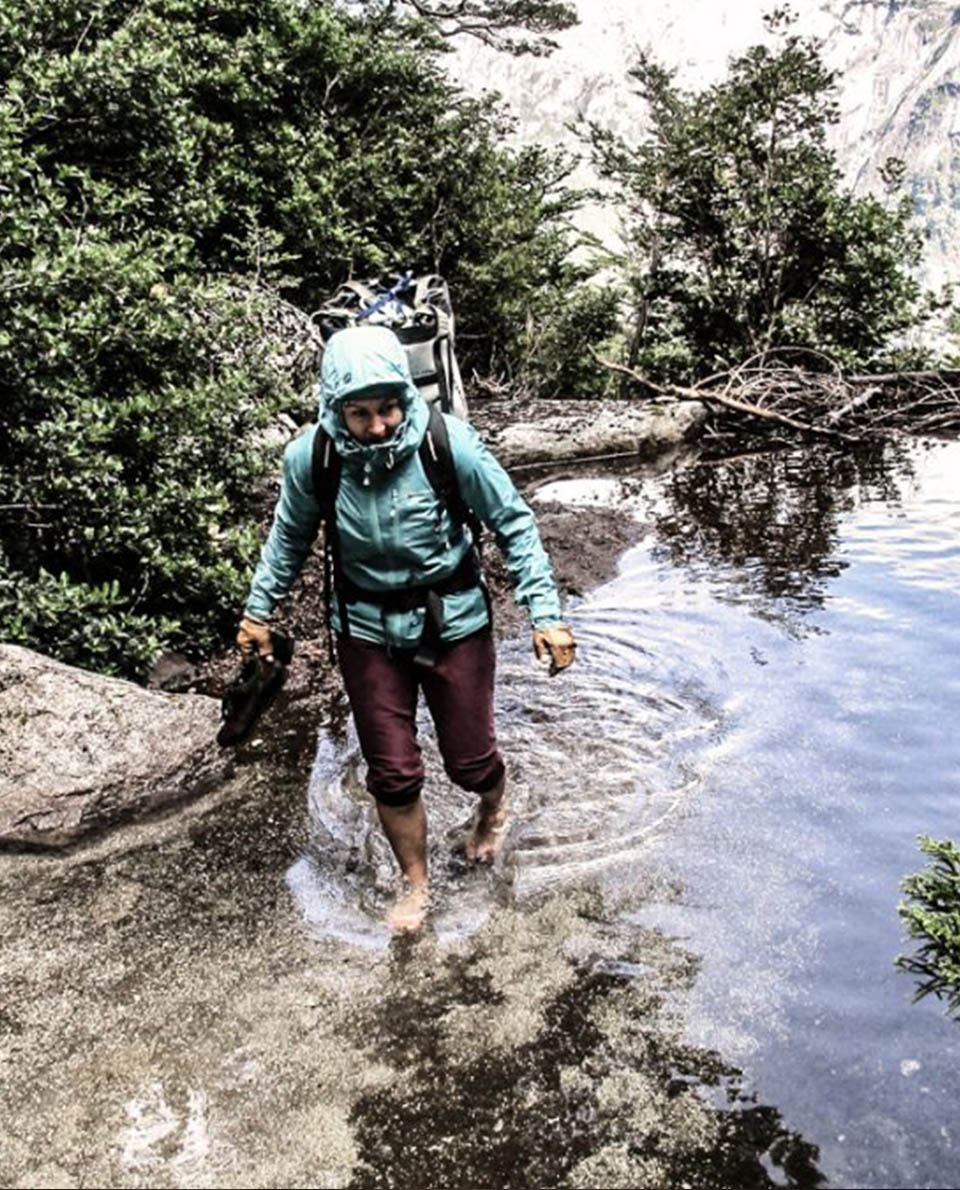
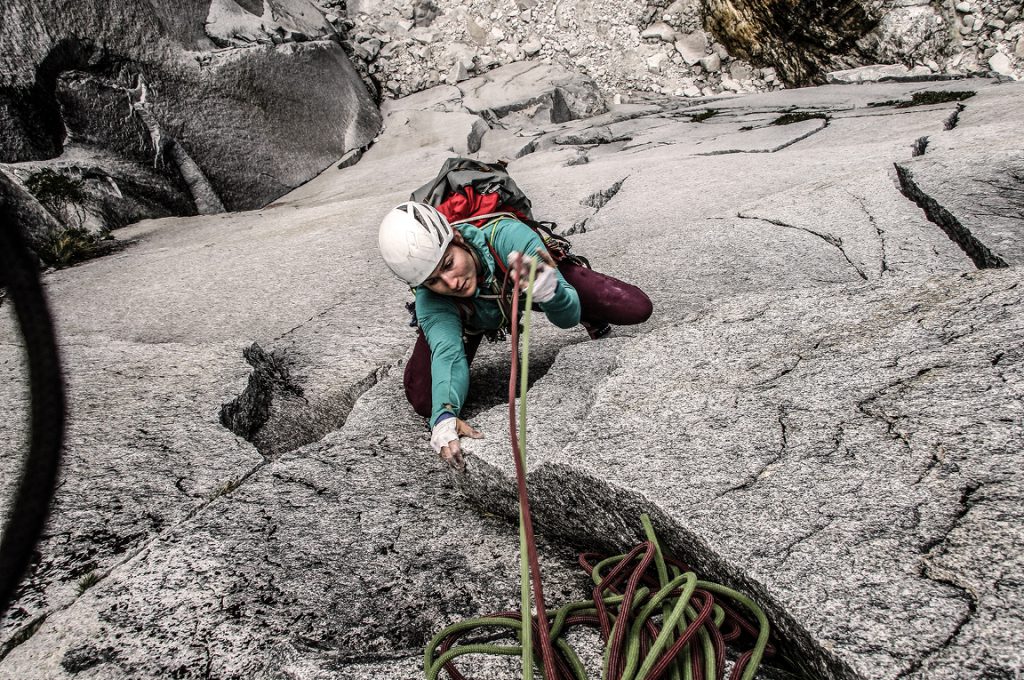
We spend three days in the “Anfiteatro” (amphitheatre), climbing established routes. Mind-boggling granite, beautiful cracks, and sadly more than a dash of vegetation … Then the notorious rain arrives. Days like this are good at teaching you the art of doing nothing. On our first visit to the Anfiteatro we had spied a potential line that lead through a fine system of cracks up into a huge corner, then over a small overhang and through another cracks system to the summit. Judging by the vegetation in the cracks this was an unclimbed line. Vegetation also meant that there was space for something to grow roots, and that with those roots removed, there might be space for our fingers and a few Friends.
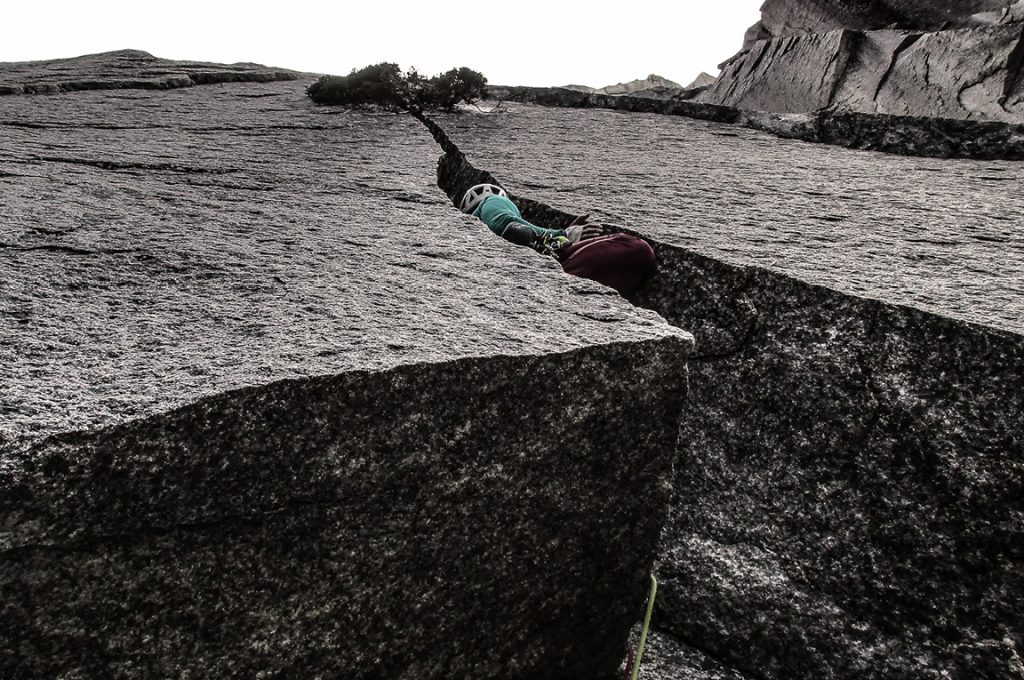
On the next sunny day, we bushwhack our way through the dense undergrowth to the Anfiteatro for the fourth time and set to work on our line. Gravity, that well known force for good and sometimes evil, sadly means the branches of the shrubs are growing in exactly the opposite direction to where we are headed – branches poking downwards, us trying to get upwards – they work a bit like barbs. Since we don’t have any reliable lab test results how effective overhanging Chliean bushes are as anchor points, we simply make sure we grab as many branches at a time as we can … Equalised anchor points, as it were. Tiring work.
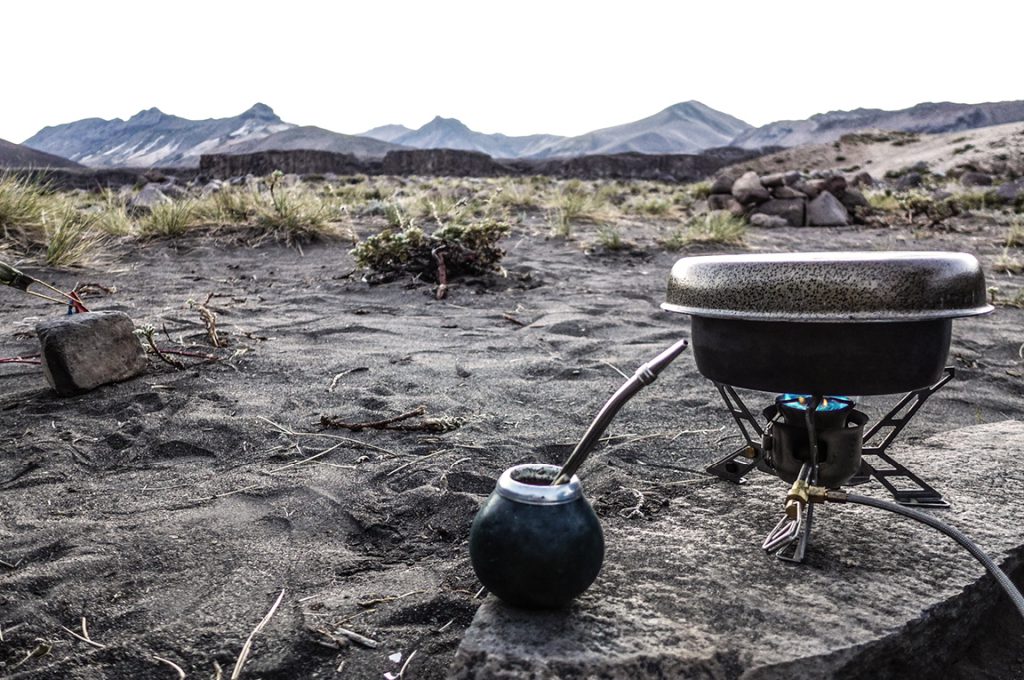
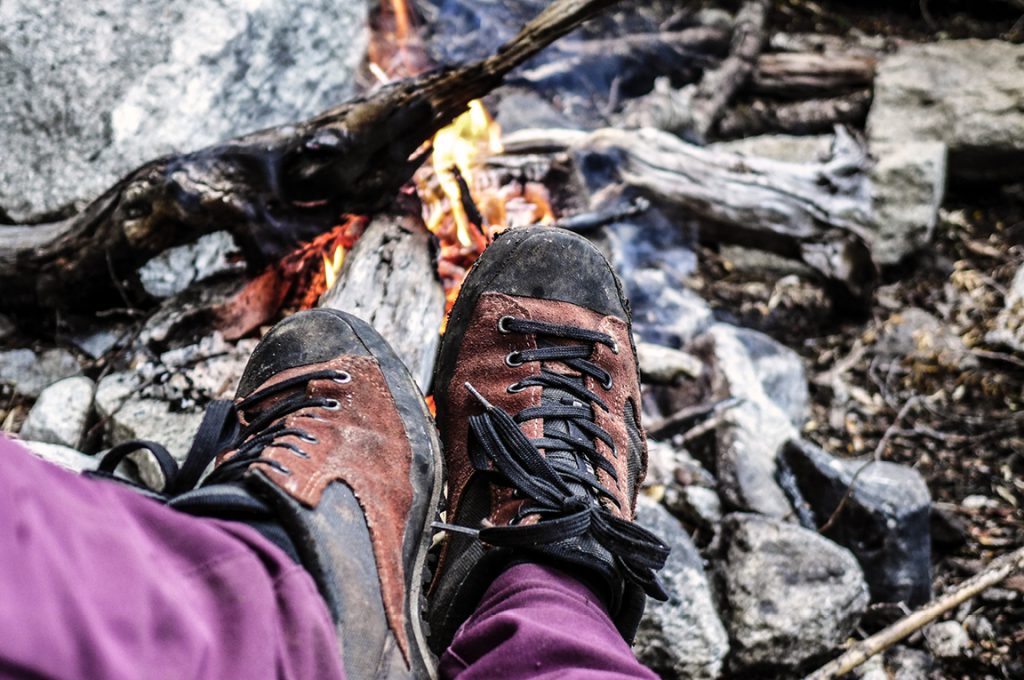
That night, we sleep in our luxury bivvy in the woods: a soft bed of soil, nicely regulated temperature thanks to the trees and dry… Like being in a bubble, in some parallel universe. It’s Christmas day? Who cares?!
Next morning we’re back at it, using our fixed lines to get back to yesterday’s turnaround point, further up through the crack system and right up below the huge crack. There’s five very blank, featureless metres between us and the next crack system. Damn. There’s no way through it without bolting it and we don’t want to use bolts.
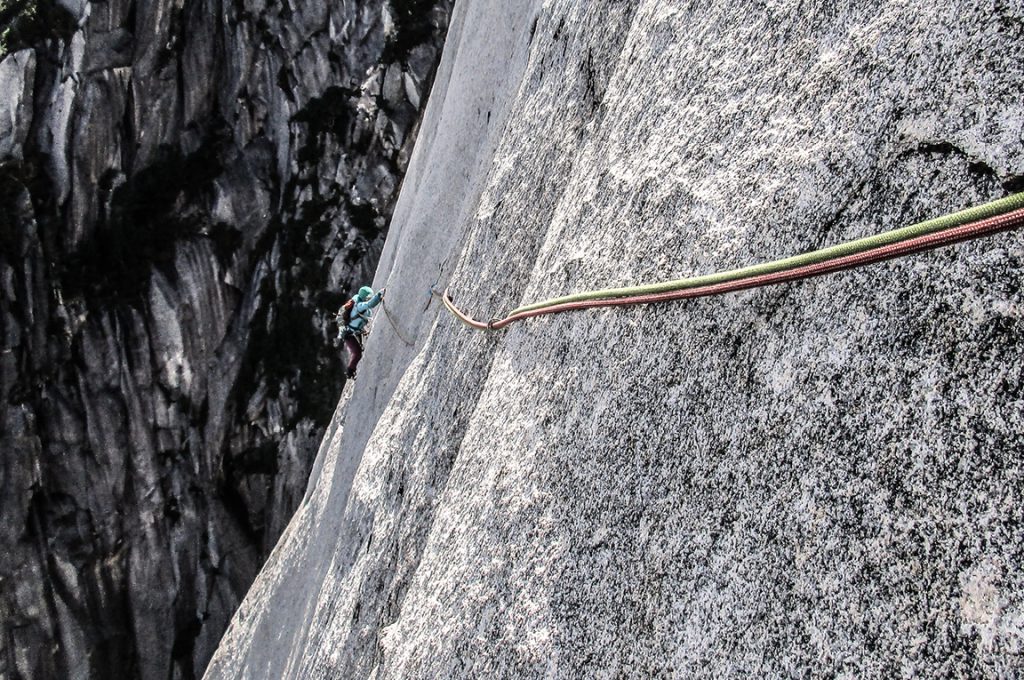
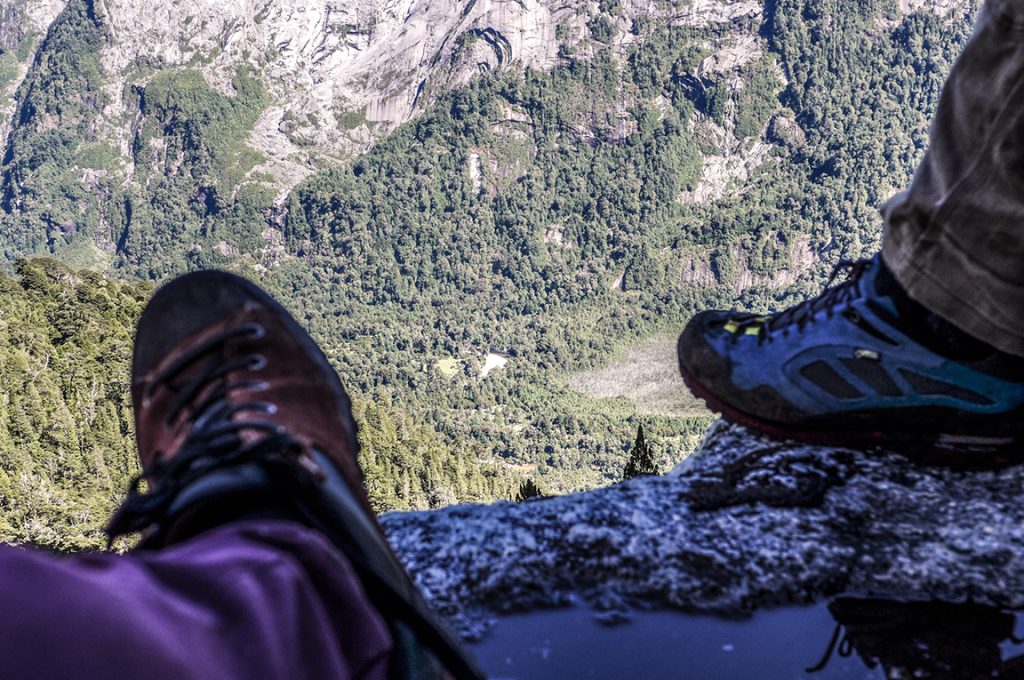
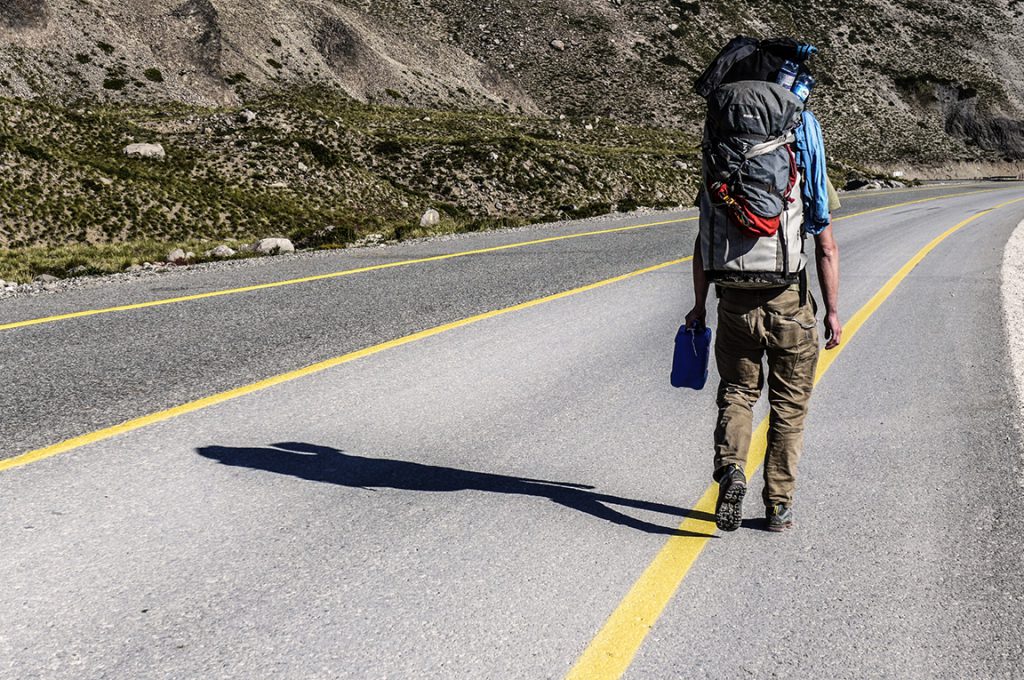
After much toing and froing and great contemplation, we finally decide to head back down. And with that decision, we are now also able to strike off “abseiling from vertical mounds of earth” and “abseiling from assorted vegetation” from our bucket list. Downtrodden, muddy and scratched to hell by the flora, we retreat with our huge haul bags like beaten dogs.
You win some, you lose some. And had we not attempted it, we’d be sitting here, writing this (or another) story, and all the while thinking to ourselves: We just have to try that line again! “Juntos Fuerte”: in the end, it’s still a nice line up to that ledge. And modern climbers aren’t supposed to be interested in the scree slopes to the summit anyway 😉

